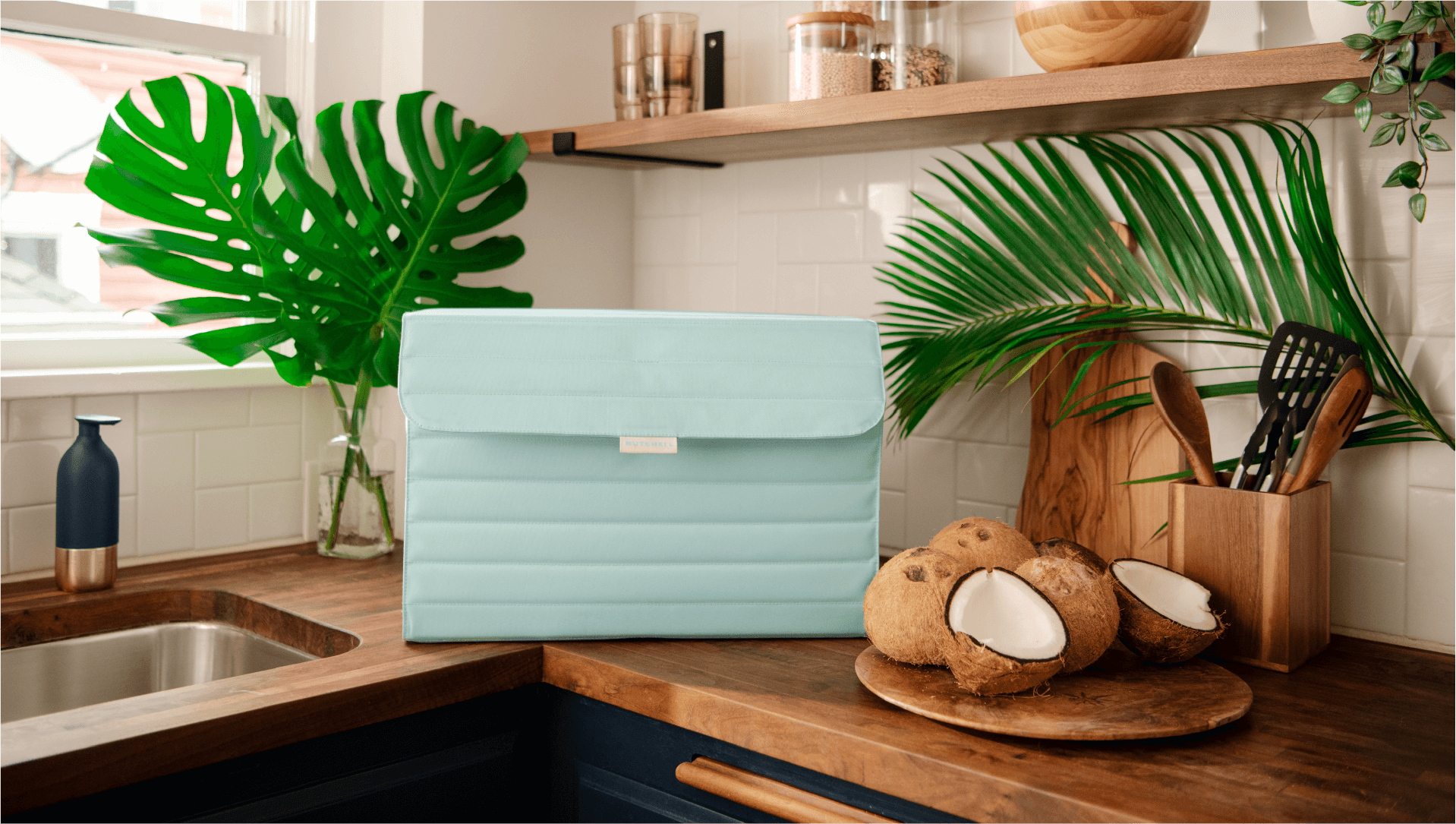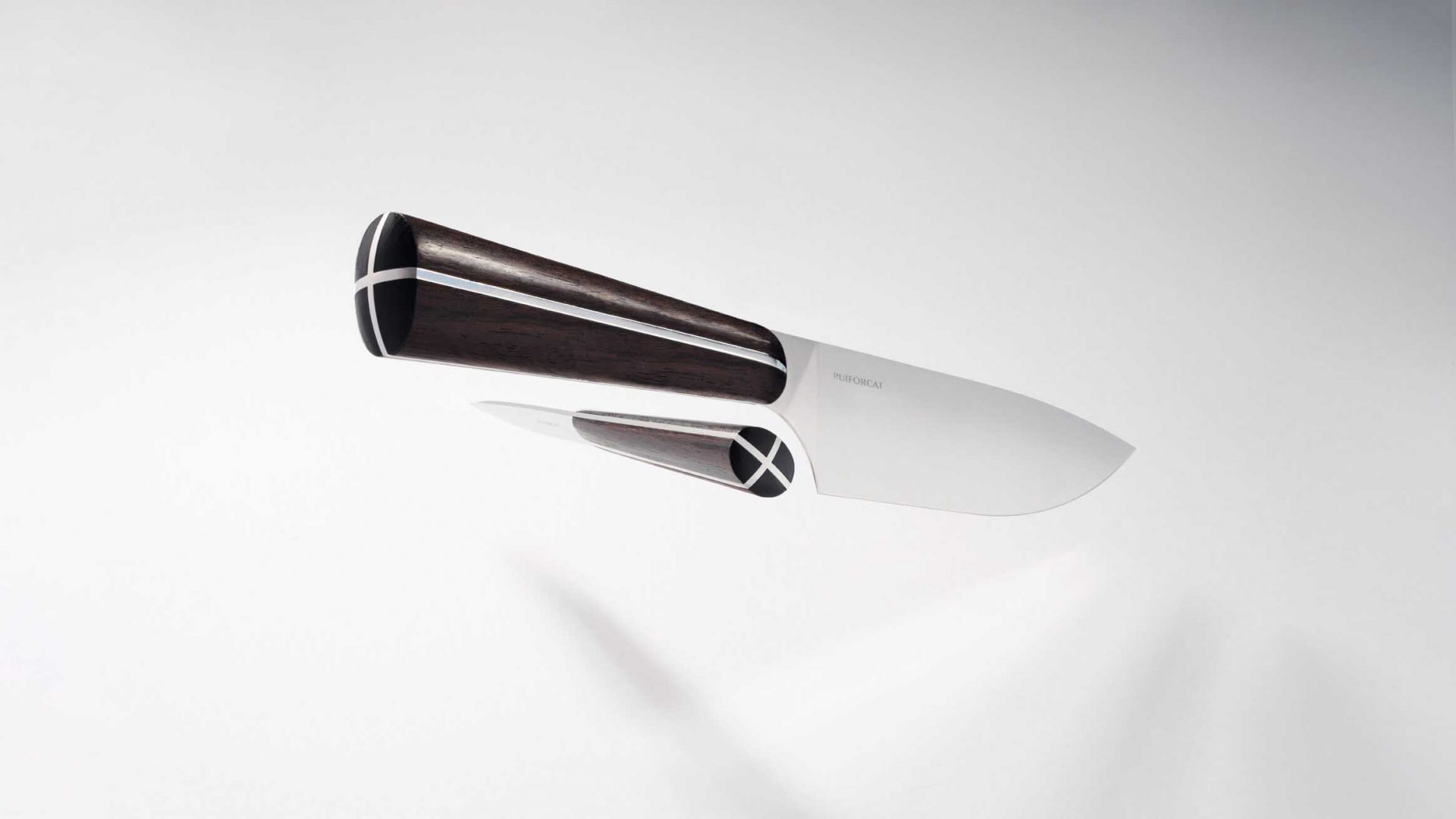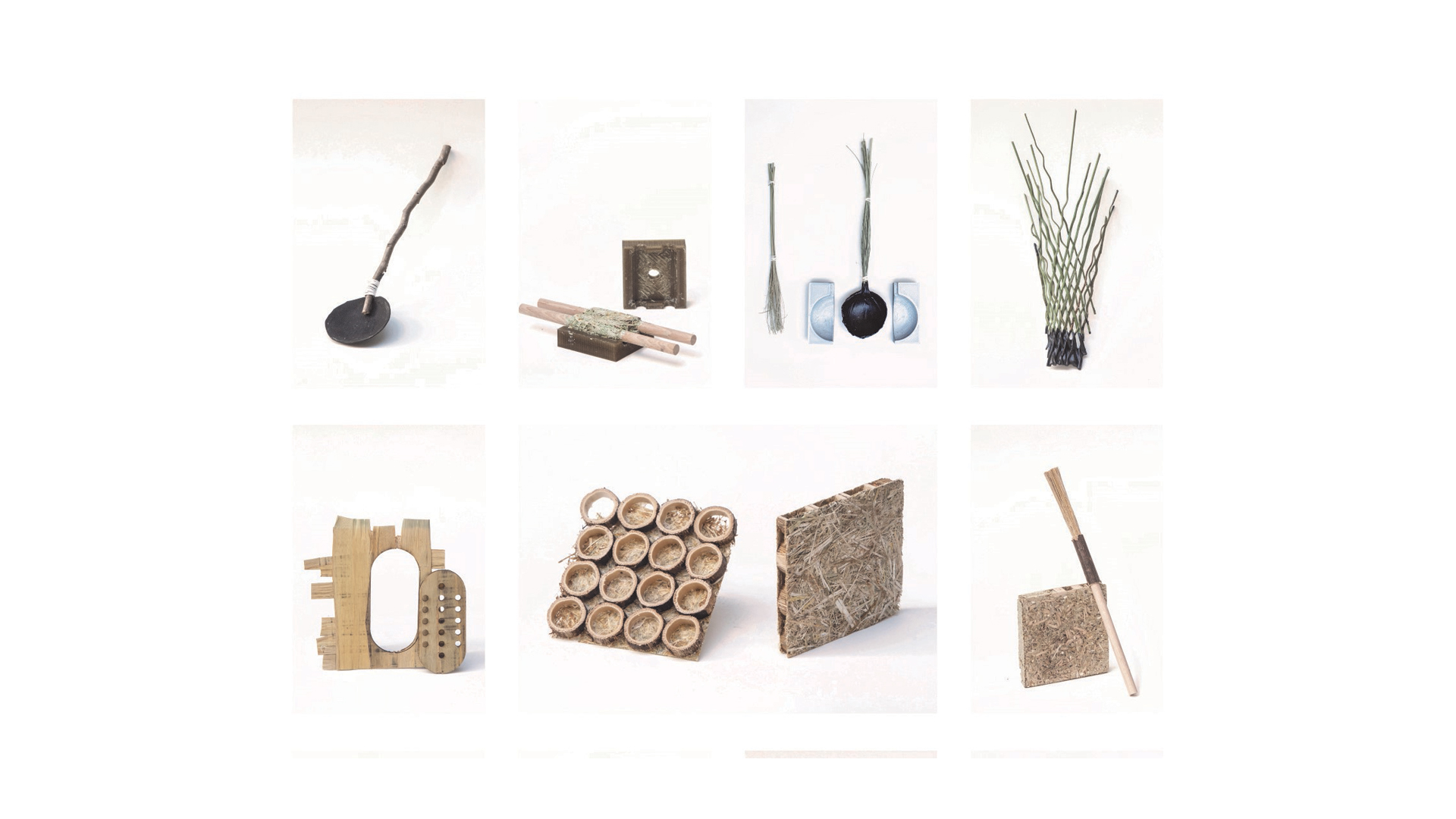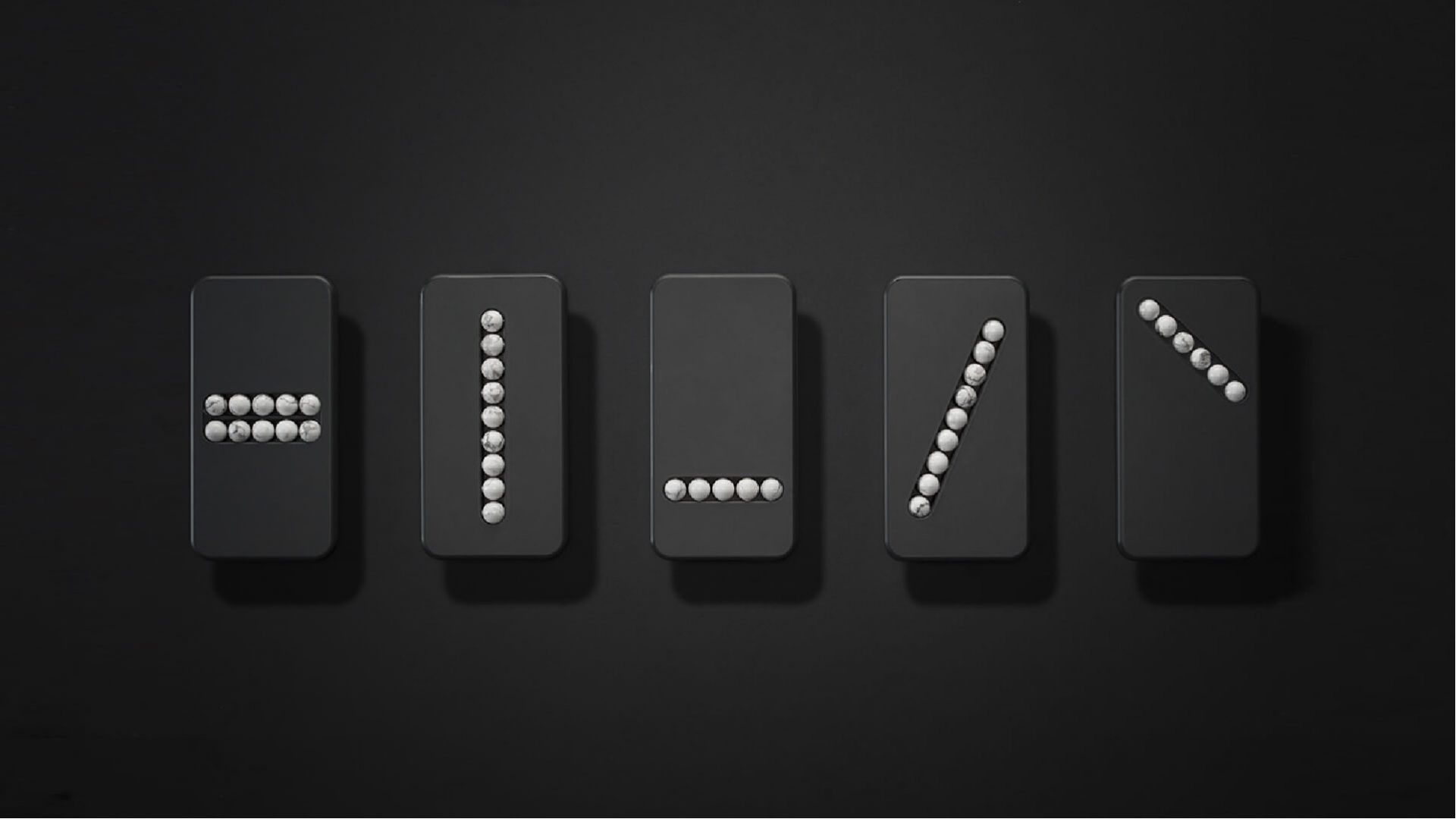Philippe Starck: 10 selected designs of a forward-thinking genius
Objects that are ‘good’ before they are beautiful – a look at Philippe Starck’s most recognizable designs

The list of the most iconic figures in design wouldn’t be imaginable without Philippe Starck. The French genius has filled the world with beauty for nearly fifty years, creating comfortable, beautiful, and functional objects.
In his portfolio, you’ll find almost everything – from innovative toothbrushes and private airfields to Olympic medals and over-the-top yachts. Many call his design provocative, but according to Starck, any provocation is only provocative to those it provokes.
Gallery
Open full width
Open full width
Philippe Starck – Highlights:
Juicy Salif Juicer for Alessi, 1990
The story behind the most iconic design object of the 1990s has become a legend in its own right. One day, while pondering a plate of fresh squid, modern design guru Philip Starck came up with the world’s most famous juicer, the Juicy Salif.
In 1990, while working on the tray commissioned by the Italian house Alessi, Starck felt inspiration and quickly grabbed a pencil. A plate of fresh calamari and lemon served with it prompted the designer to create the product, which became known all around the globe.
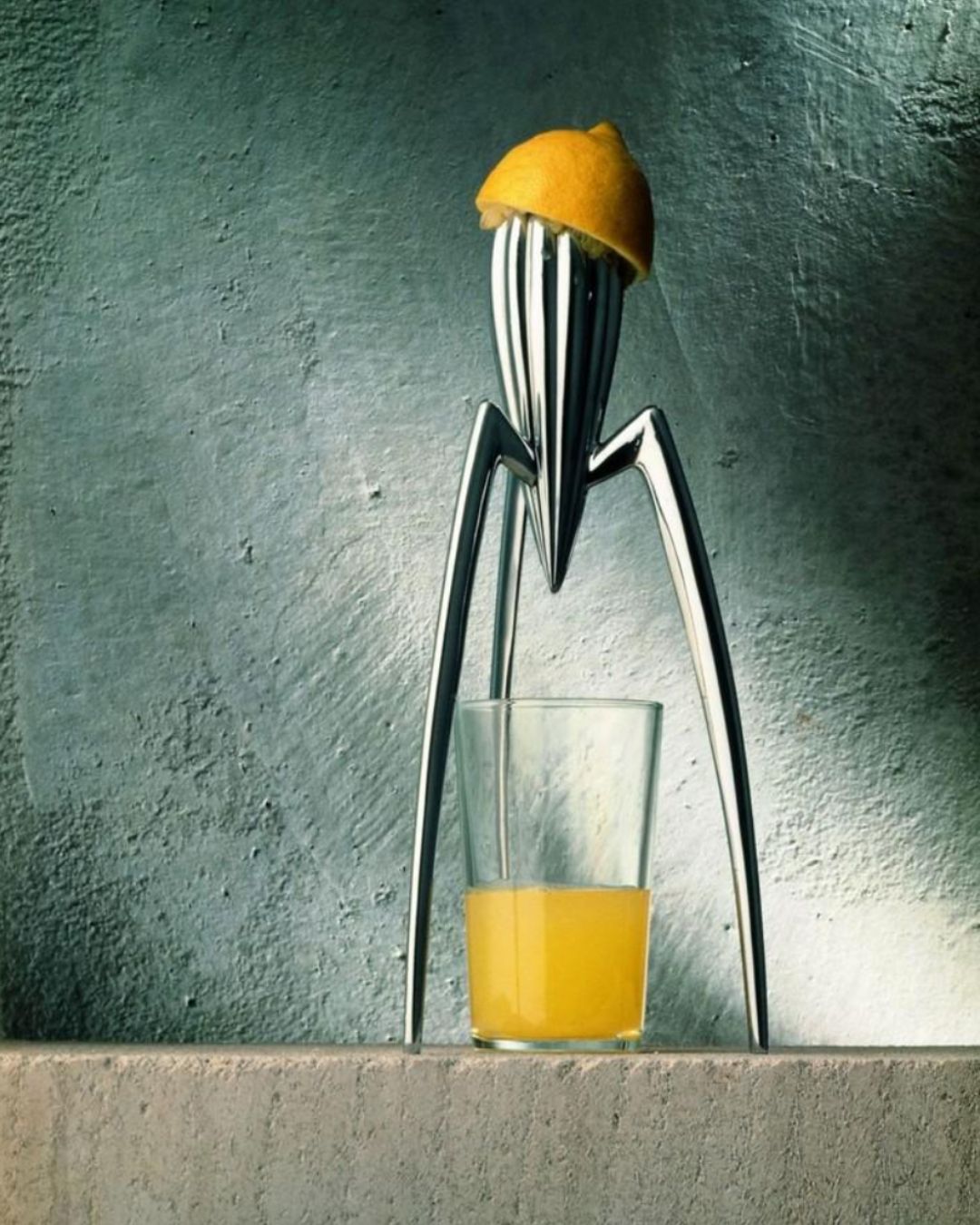
The original drawings of Juicy Salif were sketched on a pizza-stained paper placemat.
As squids merged into table juicers, the silhouette of the most famous juicer was born. The napkin subsequently took the place of honor in the Alessi museum. Recently for Alessi‘s 100th anniversary, Starck designed a limited-edition version of the iconic object, the Juicy Salif Studii #3.
It is made of bronze and comes from one of the very first juicer prototypes.
Louis Ghost Chair, Kartell, 2002
It is rumored that the Louis Ghost chair is the most copied plastic chair in the world. The famous design was created in 2002 and immediately became a bestseller of Kartell and still is.
Here we can see the famous Starck irony in full measure – the transparent polycarbonate object is a plastic version of the classic pompous Louis XV armchair.

Zénith Noir Chandelier, Baccarat, 2003
Philippe Starck’s collaboration with Baccarat began in 2003. His designed chandelier Zenith Noir became the basis of the entire Darkside collection. It marked the beginning of the longstanding black crystal fashion and Starck’s strong friendship with the French House.
But the story doesn’t end there. In 2011, he created an ironic version of Zenith called Marie Coquine Chandelier simply by attaching an umbrella to it! You’ll find more information on it below.

Guns Lamp Collection, 2005
In 2005, Starck once again provoked the world by creating the famous collection of lighting fixtures for Italian brand Flos. The floor lamps with prototypes of M16 automatic rifles created a furor.
First presented at the Euroluce exhibition in Milan, it has become one of Starck’s most iconic works. The pistols and rifles are covered in 18-carat gold. The base of the lanterns is an aluminum Kalash.
Starck’s sense of style allows him to skillfully balance the line between healthy kitsch and bad taste, which, incidentally, his numerous epigones rarely managed to do.

Pibal bicycle for Peugeot, 2012
Philippe Starck surprised everyone with an unusual project. Together with Peugeot, he developed a concept of a 21st-century city bike for the Bordeaux bike rental network.
The model is a hybrid of a bicycle and a scooter and is light, maneuverable, and of course, beautiful – just like everything the French designer does.

Axor Starck V, 1994
Did you know that Starck has had a hand in bathroom design too? That’s right. Launched in 1994, Axor Starck forever changed the design market.
Cult faucets from the German company instantly won the hearts of consumers. Although nearly 30 years have passed since the initial release, the collection still remains as relevant today, showcasing uncompromising minimalism in all its glory.

W.W Stool, 1992
Philippe Starck’s iconic stool looks more like a space sculpture than a familiar piece of furniture. The modernist piece in pale green enameled aluminum was designed in 1992 for the famous filmmaker Wim Winders.
The elongated shape of the cast metal stool wonderfully symbolizes the fluidity of time.

BAOBAB desk, 2000
Another excellent example of Starck’s unique designs is the BAOBAB desk, created for swiss manufacturer Vitra. The monolithic polyethylene construction with cable channels seems to resemble a baobab seed. Starck used the association with the tree to once again demonstrate his subtle sense of humor to the world.
Thanks to its organic shape and acidulous colors, the desk is a real attention stealer.

Marie Coquine Umbrella Chandelier, 2011
Like many other designs of Philippe Stark, the Marie Coquine Umbrella Chandelier has a philosophy behind it. The cheeky reinterpretation of Baccarat’s classic Zenith chandelier focuses on balancing one beginning with another.
It also breaks the common stereotype that classic chandeliers can’t be mobile. Starck’s masterpiece can be placed wherever you wish! Despite the chandelier’s bulky nature, it looks great in the interior.

Holly All, 2008
Take a close look at this photo. Unlike what you may think, it’s not just a vase you see. It’s actually a two-meter plastic and steel vase chair, which adorns the streets of several cities.
Thanks to the whole that opens the surface, the item is given a lightness and fluidity. Use it as a chair, a pot, or a sculptural addition to your garden. It would be difficult to find a more versatile and eccentric design than Philippe Starck.
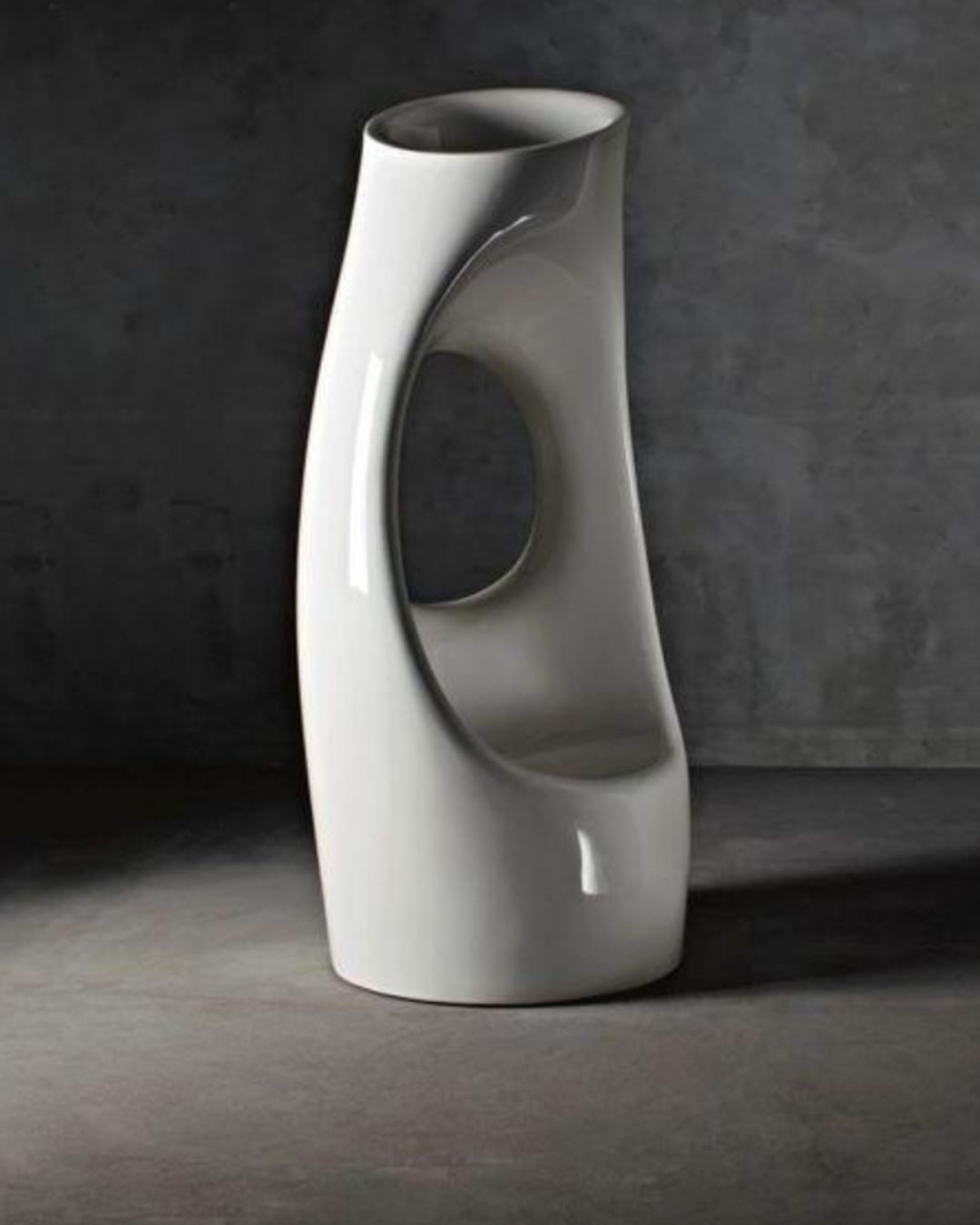
His work is focused on creating experiences and emotions, so it’s no surprise the genius’ designs are often amusing and rebellious.
Unlike his competitors, Philippe Starck has always tried to convey a political, subversive message, which hasn’t always pleased the crowds.
Nevertheless, his humorous approach has changed design in more ways than one and will certainly continue to inspire designers of the next generations.














